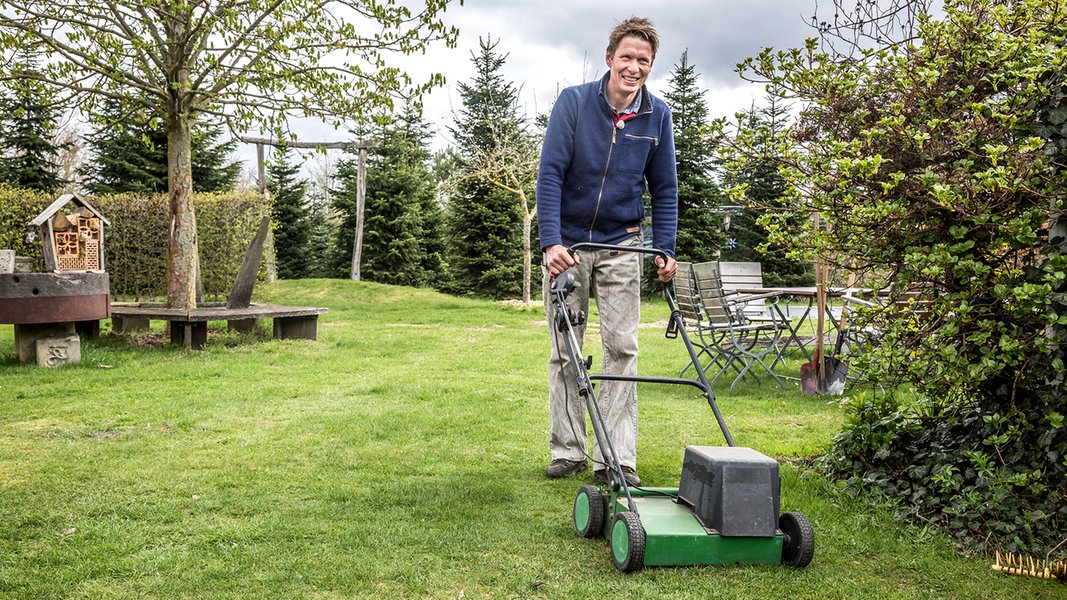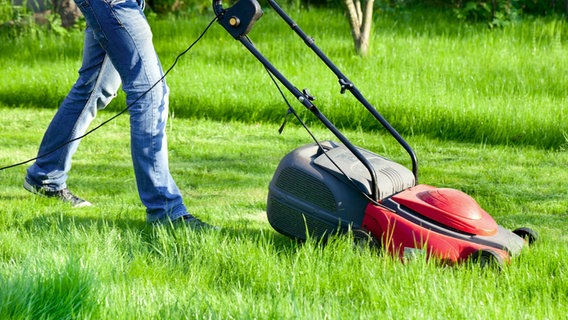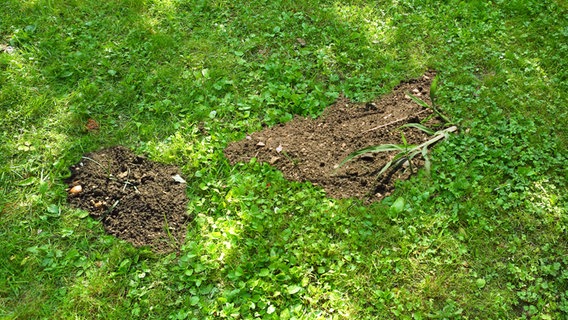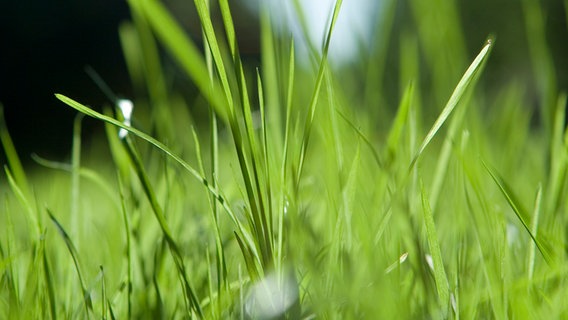Status: 04/11/2023 18:04
Scarifying is one of the most important lawn care measures. In the process, lawn thatch in particular is removed so that air, water and nutrients can reach the grass roots again.
If you want a dense and resistant lawn, you should use the scarifier at least once a year. Scarifying is necessary at the latest when lawn thatch has formed from leftover clippings and moss.
How do I know that the lawn needs to be scarified?
When scarifying, a lot of thatch can be removed.
You can find out whether it is necessary to scarify the lawn with a small test: simply pull a metal rake through the lawn without applying pressure. If mowing residue and moss get stuck in the rake, it’s time to free the lawn of this felt. Because thatch impedes the exchange of air and the supply of water and fertilizer to the grass roots. As a result, they flatten out and diseases, moss and weeds can spread. are particularly vulnerable heavy garden soils prone to waterlogging and shady areas.
When is the right time to scarify?
The best time for scarifying is spring, in principle the measure is possible from around April to September. However, if the lawn is used intensively in midsummer, scarifying is not recommended during this period because it has difficulty recovering. For scarifying, the lawn should be as dry as possible.
Fertilize in spring before scarifying
To strengthen the lawn, you can first fertilize it in the spring. The time has come when the flowers of daffodils open. Then it is shortened to a length of about four centimeters. About two weeks later, after the first growth, the lawn is mowed again, this time as short as possible, about three centimeters long. The advantage of this procedure is that the lawn is strengthened and recovers more quickly from scarifying. However, it is also possible to start scarifying without first fertilizing.
The scarifier must not scratch the turf too deeply
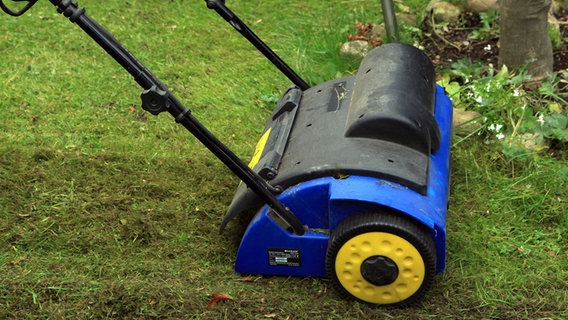
There are electric, petrol, and handheld scarifiers.
All scarifiers are equipped with sharp blades. When using the devices, make sure that the blades touch the ground lightly, but do not slit it. Scarifying too deep damages the lawn roots and causes enormous wear and tear on the device. The scarifier should be adjusted so that the blades cut the turf no more than two to three millimeters deep.
Then work the lawn lengthwise and then crosswise again. If possible, do not remain in one spot for long, but drive the device evenly over the lawn. Then remove the lawn thatch if the scarifier does not have a collection bag.
Spread garden sand on heavy soil
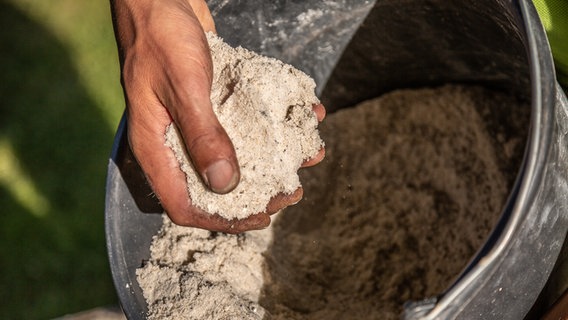
Garden sand ensures that heavy soil becomes more permeable.
Anyone who has very heavy garden soil should apply lawn sand after scarifying, about two to three kilos per square meter. Over the years, the soil becomes more permeable and moss does not form as quickly. Place fresh lawn seeds on the bare spots and walk on the area as little as possible for a while so that the lawn can grow back vigorously. Important: Water the area regularly and extensively for at least two weeks so that the roots of the lawn grow vigorously and, above all, deeply.
Further information

